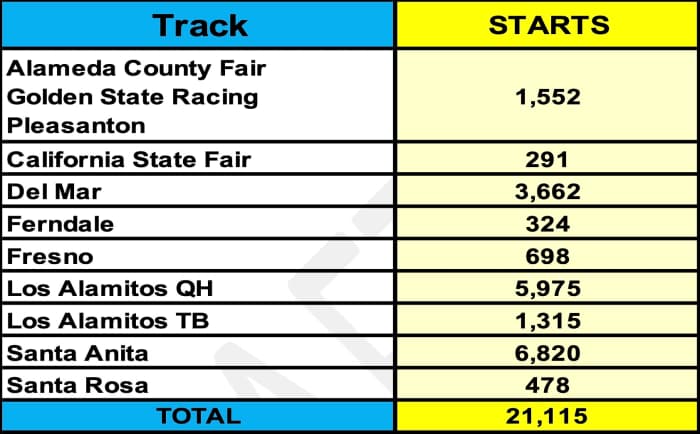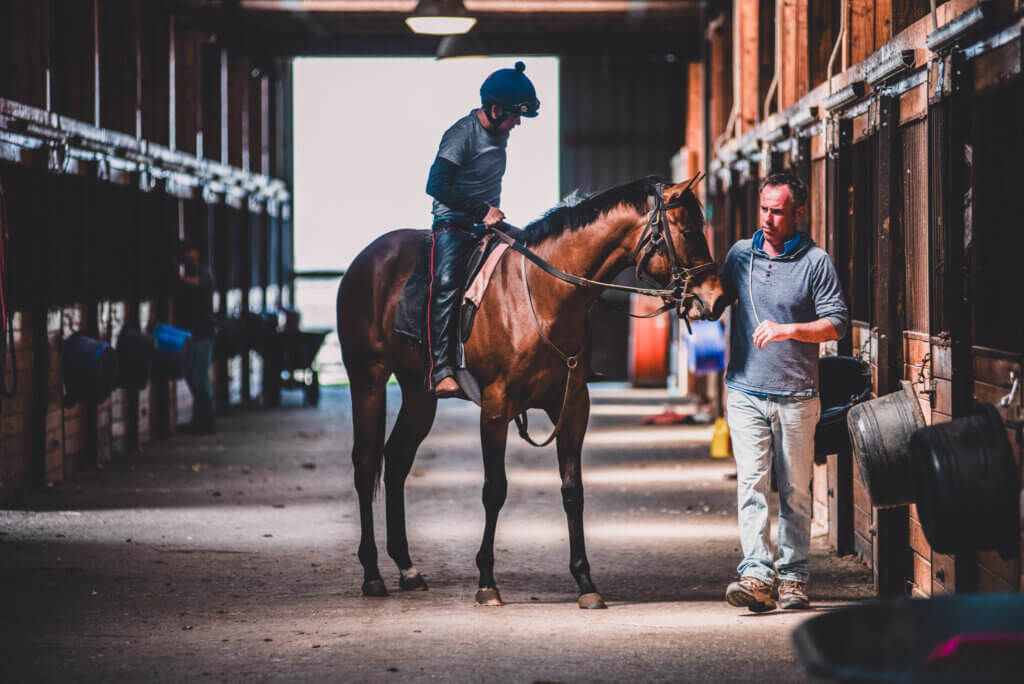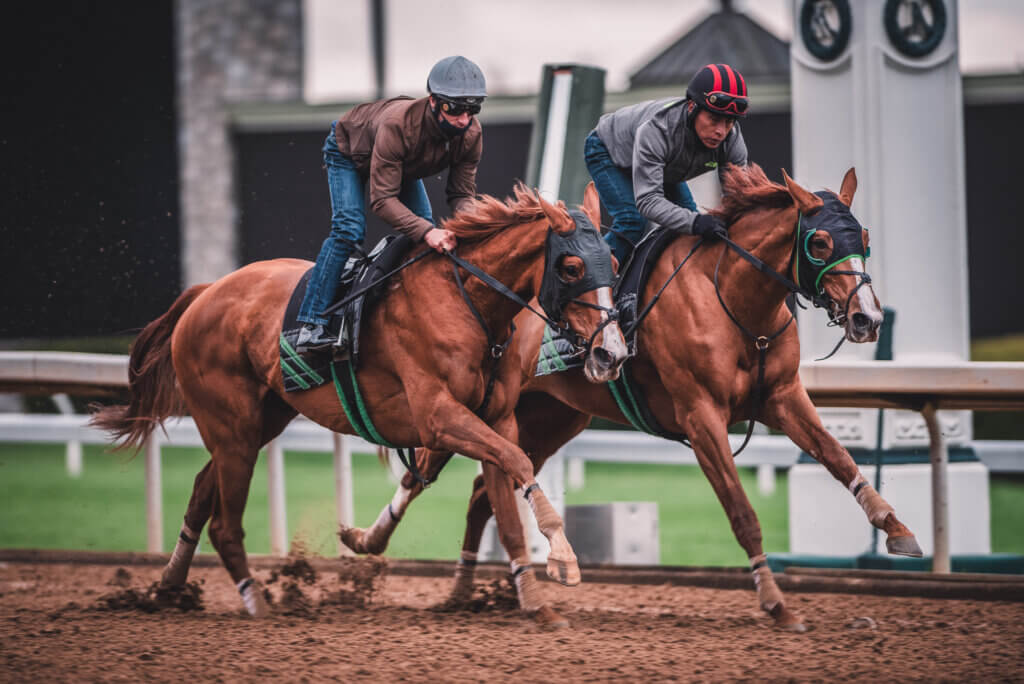By: Paulick Report
October 16, 2025 –
Regulatory veterinarians in California, and throughout the industry for that matter, are often criticized for scratching too many horses and/or requesting diagnostics while placing horses on the Vet List. Any type of vet list designation, including race day scratches, are frustrating and costly to owners and trainers. They are decisions that are not made casually or unconscientiously by regulatory veterinarians. The same can be said relative to examinations for post-race claimed horses.
A horse’s physical condition can literally change within a few hours. Regardless, the horse must present “sound” at the time of examination to compete or pass a post-race claim exam.
To address criticisms of regulatory vets regarding scratch rate, particularly with respect to post parade scratches, and post-race voided claim exams in California, the data in Incompass for all racetracks in California for fiscal year (FY) 2024-’25 was reviewed. The data excludes Cal Expo (Standardbreds), which does not report information into Incompass. The goals were:
1. Identify number of scratches in California for FY 2024-’25.
2. Identify types of scratches.
3. In-depth analysis of post parade scratches and compare to cohorts regarding time to breeze and race after being scratched.
4. In-depth analysis of claims and voided claims and compare time to race following a claim or voided claim by comparing cohorts.
5. Determine if data supports voided claims and post parade scratches.
Analysis:
A. California FY 2024–’25 (excluding Cal Expo)
Total Entries = 21,987 / Total Scratches = 872 / Total Starts = 21,115
B. Scratch Reason – 872 out of 21,987 or 3.97% of entries were scratched in California in FY 2024-’25 for a variety of reasons. Scratches are categorized by Trainer and/or Official Vet scratches. They are further categorized into type or reason for the scratch. Injury, illness, and unsoundness are the three primary scratch reasons that are submitted and documented.
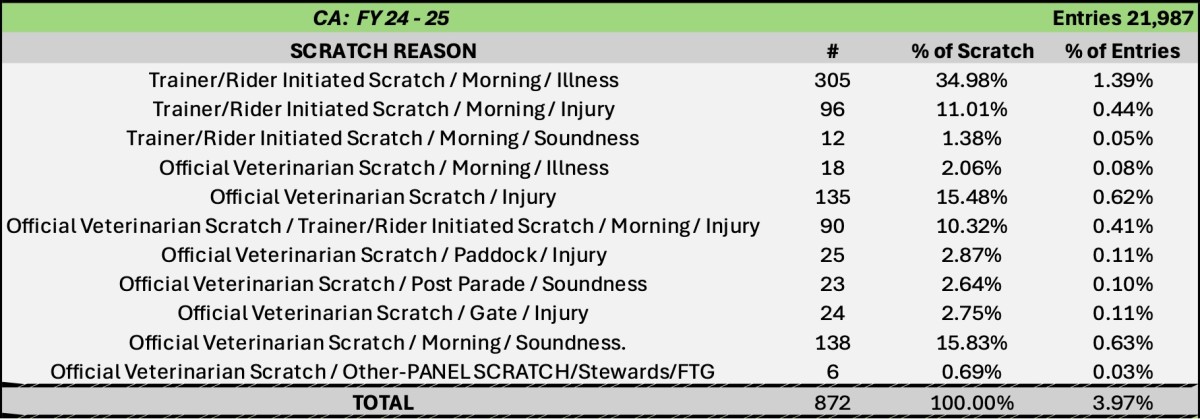 Dr. Jeff Blea/CHRB
Dr. Jeff Blea/CHRB
C. Scratch Type – Of the 872 scratches, Official vet and trainer reported injury scratches accounted for 42.43% of all scratches in FY 24/25 in CA. Illness reported scratches occurred 37.04% of the time, with scratches related to unsoundness occurring 19.84% of the time. Other types of scratches such as panel, administrative, or eligibility scratches occurred .69% or less than 1% of the time.

Dr. Jeff Blea/CHRB
D. Trainer Affiliated Scratches: 503 or 2.29% of entries. Trainers are a critical component and the bedrock of horse safety and welfare. Trainer affiliated scratches accounted for 503 scratches, that is 57.68% of all scratches or 2.29% of all entries.
E. Official Vet Scratch – Paddock/Injury = 25 or 2.87% of all scratches.
F. Official Vet Scratch – Gate/Injury = 24 or 2.75% of all scratches.
G. Official Vet Scratch – Post Parade = 23.
There were 23 post parade scratches, or 2.64% of all scratches for unsoundness documented in FY 24-25. These scratched horses were compared to their cohorts, or horses that ran in the same race on the same day that a horse was scratched in the post parade. This comparison was performed to evaluate days to return to breezing and racing for both groups.
A post parade scratched horse took an average of 43 days to work back, whereas a cohort worked back on average in 22 days. Essentially it took twice as long (3 weeks) for the post parade scratched horse to work back. More interestingly, the post parade scratched horses took an average of 108 days to return to the races versus an average of 39 days, or approximately 10 weeks longer to race, than their cohorts. Forty four percent of the horses scratched in the post parade in FY 24-25 have not raced back as of Oct. 1, 2025, whereas all their cohorts returned to the races in 39 days on average. This data indicates that the post parade scratches were horses that required time off and the scratches were justified.
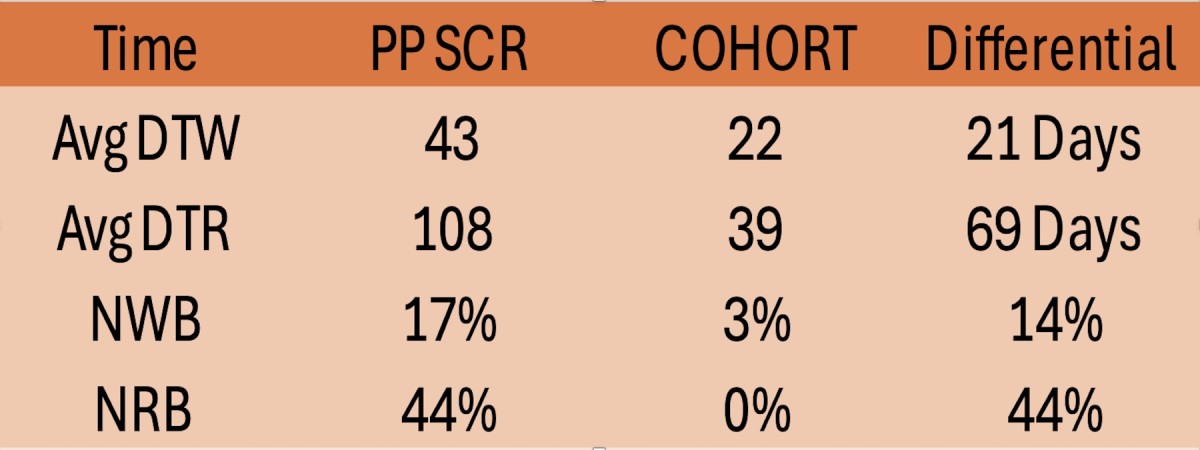
Dr. Jeff Blea/CHRB
H. CLAIMS
Claimed Horses = 803 / Voided Claims = 109 (13.6%)
Lastly, we will look at claimed horses to debunk some “claims,” pardon the pun, that the post-race claim exam is flawed. In FY 24-25, there were 803 claims in racing in California. Of those, 109 or 13% were voided following a post-race regulatory vet examination by the Official Vet. It is challenging to identify cohorts who were claimed out of a race in which a voided claim occurred. However, cohorts were identified and compared by total number of voided claims per track, with an attempt to correlate a cohort to the class of race or a similar date of a voided claim.
Voided claims took an average of 148 days to return to the races versus an average of 28 days for their cohorts. That is essentially four months longer – quite significant. Furthermore, as of Oct. 1 of this year, 46% of voided claims, nearly half of all voided claims, have yet to return to the races opposed to only 5% of their cohorts. In other words, 54% of voided claims took an average of 148 days to return to the races, whereas 95% of their cohorts returned the races on average in 28 days. This data strongly indicated that claims that are voided through the post-race claim exam are horses requiring time off and are justified.

Dr. Jeff Blea/CHRB
Conclusion: Regulatory vets face many challenges and often face stark criticism. There are many rules, filters, and processes to ensure that sound, healthy racehorses are competing in California. To ensure safety and horse welfare, communication between owners, trainers, reg vets, and attending vets is critical to those goals. There are areas that need improvement, with communication amongst stakeholders when a horse is scratched being the most obvious and the most important. Scratching a horse by a regulatory vet is necessary at times and not done frivolously; it is, in fact, executed with the horse’s best interest in mind. In conclusion, after reviewing the data, specific to post parade scratches and the voided claim program, the system is working well in California.
